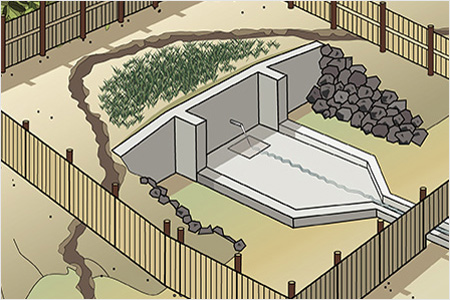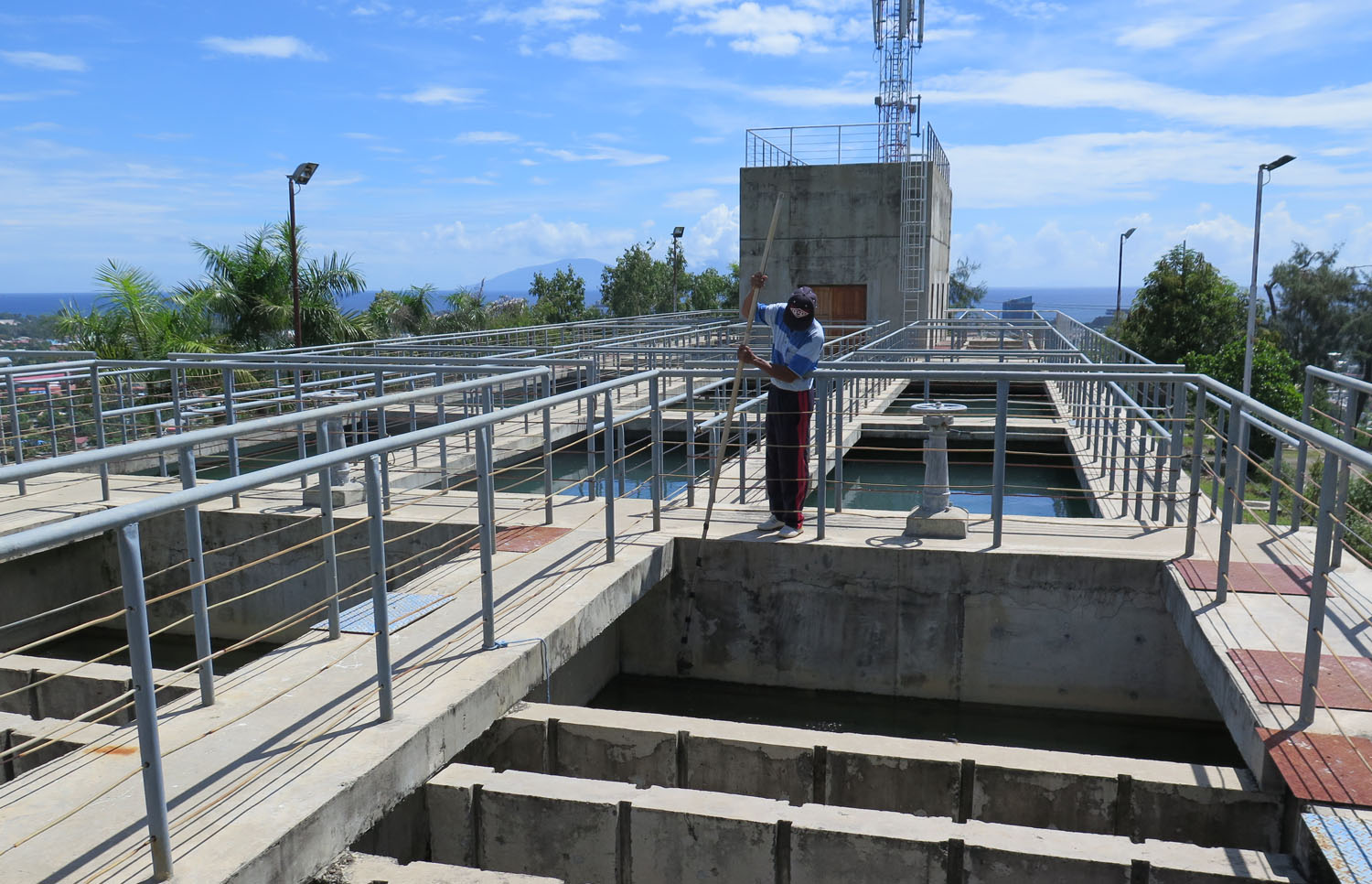Water safety planning
The WHO Guidelines for drinking-water quality recommend water safety plans (WSPs) as the most effective means of consistently ensuring the safety and acceptability of a drinking-water supply.
WSPs require a risk assessment including all steps in water supply from catchment to consumer, followed by implementation and monitoring of risk management control measures, with a focus on high priority risks. Where risks cannot be immediately addressed, the WSP approach allows for incremental improvements to be implemented systematically over time. WSPs should be implemented within a public health context, responding to clear health-based targets and quality-checked through independent surveillance.
WSPs are adaptable to all types and sizes of water supply, and can be effectively applied in all socioeconomic settings. The water safety planning approach is increasingly being adopted globally as best practice for the provision of safe drinking-water.
Relevant publications


Think big, start small, scale up
As part of ongoing efforts to improve drinking-water safety and health, many countries have requested guidance on how to introduce and scale up the implementation...
Water safety plan manual: step-by-step risk management for drinking-water suppliers, second edition
This Water safety plan manual provides practical guidance to support development and implementation of water safety planning in accordance with the principles...
A practical guide to auditing water safety plans
Water safety plans (WPS) have been implemented in every region of the world, and many implementing countries have included WSPs in drinking-water policies...
Water safety planning for small community water supplies
The WHO Guidelines for Drinking-water Quality recommends the application of a comprehensive risk assessment and risk management approach called Water Safety...




